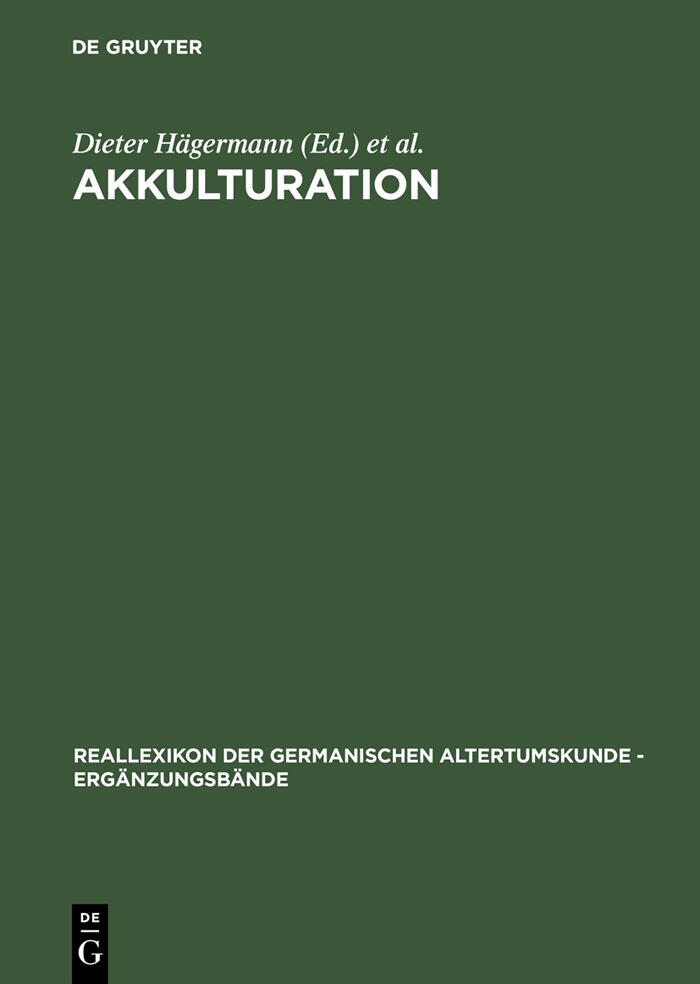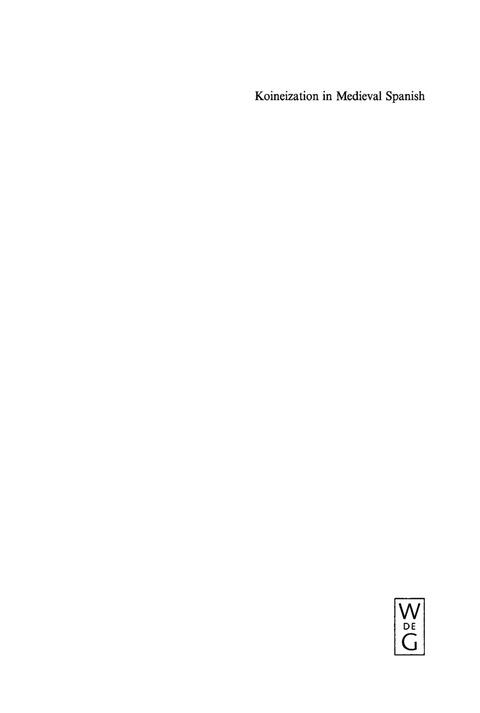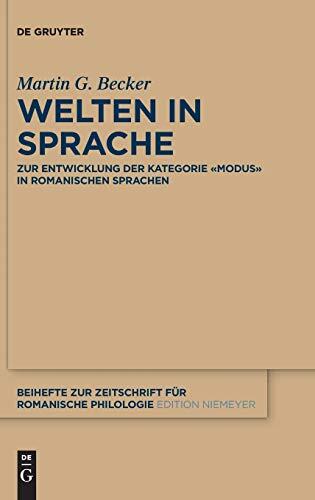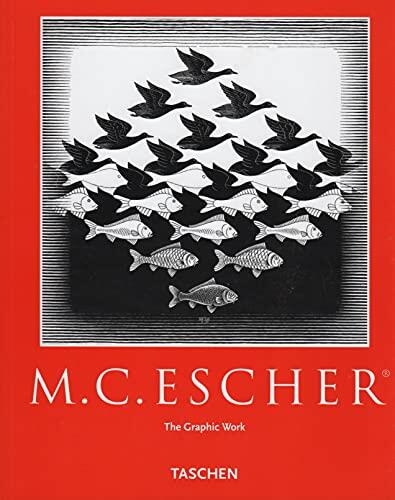
Akkulturation: Probleme einer germanisch-romanischen Kultursynthese in Spätantike und frühem Mittelalter
아직 평점이 없습니다
Romance
History
형식
킨들
페이지
593
언어
독일어
출판됨
Jan 1, 2013
출판사
De Gruyter
판
1
ISBN-10
3110909766
ISBN-13
9783110909760
설명
This scholarly work delves into the complexities of cultural synthesis between Germanic and Roman influences during the Late Antiquity and early Middle Ages. Driven by an interdisciplinary research group, the text explores the multifaceted challenges and nuances that emerged as these distinct cultures interacted and intertwined. Through a detailed analysis, the author sheds light on how identity, social structure, and cultural practices evolved amidst this blending of traditions.
Rebecca S. Watson brings a rich academic background to the discussion, offering insights that bridge historical, linguistic, and archaeological perspectives. As the narrative unfolds, readers encounter a tapestry of case studies that illustrate both the friction and cooperation that existed between the two cultural realms. This comprehensive examination reveals not merely a story of conflict but also one of adaptation and coexistence.
The exploration of cultural assimilation is complemented by thoughtful reflections on how these historical processes continue to shape contemporary understandings of identity and heritage. The text serves as an important contribution to the fields of Germanic studies and Roman history, prompting readers to consider the legacies of these ancient cultures in a modern context.
Watson invites scholars and enthusiasts alike to engage with the material, pushing boundaries and redefining perceptions of historical synthesis. Through her rigorous research, readers are equipped with a deeper appreciation of the intricacies of cultural exchange, making this work an invaluable resource for those keen on the intersections of ancient societies.
Rebecca S. Watson brings a rich academic background to the discussion, offering insights that bridge historical, linguistic, and archaeological perspectives. As the narrative unfolds, readers encounter a tapestry of case studies that illustrate both the friction and cooperation that existed between the two cultural realms. This comprehensive examination reveals not merely a story of conflict but also one of adaptation and coexistence.
The exploration of cultural assimilation is complemented by thoughtful reflections on how these historical processes continue to shape contemporary understandings of identity and heritage. The text serves as an important contribution to the fields of Germanic studies and Roman history, prompting readers to consider the legacies of these ancient cultures in a modern context.
Watson invites scholars and enthusiasts alike to engage with the material, pushing boundaries and redefining perceptions of historical synthesis. Through her rigorous research, readers are equipped with a deeper appreciation of the intricacies of cultural exchange, making this work an invaluable resource for those keen on the intersections of ancient societies.



















